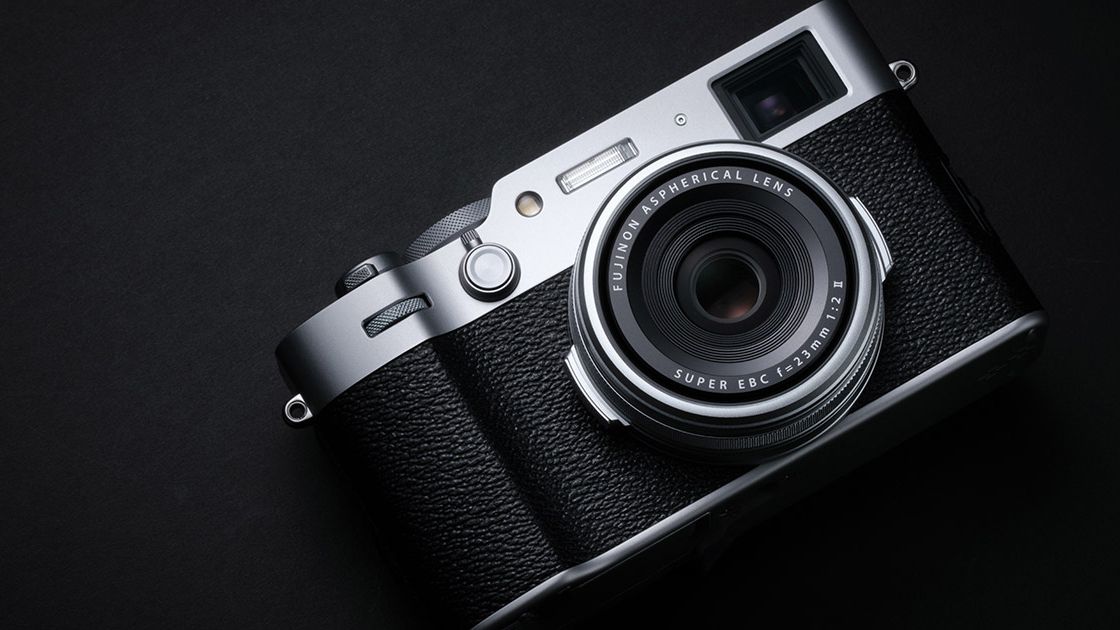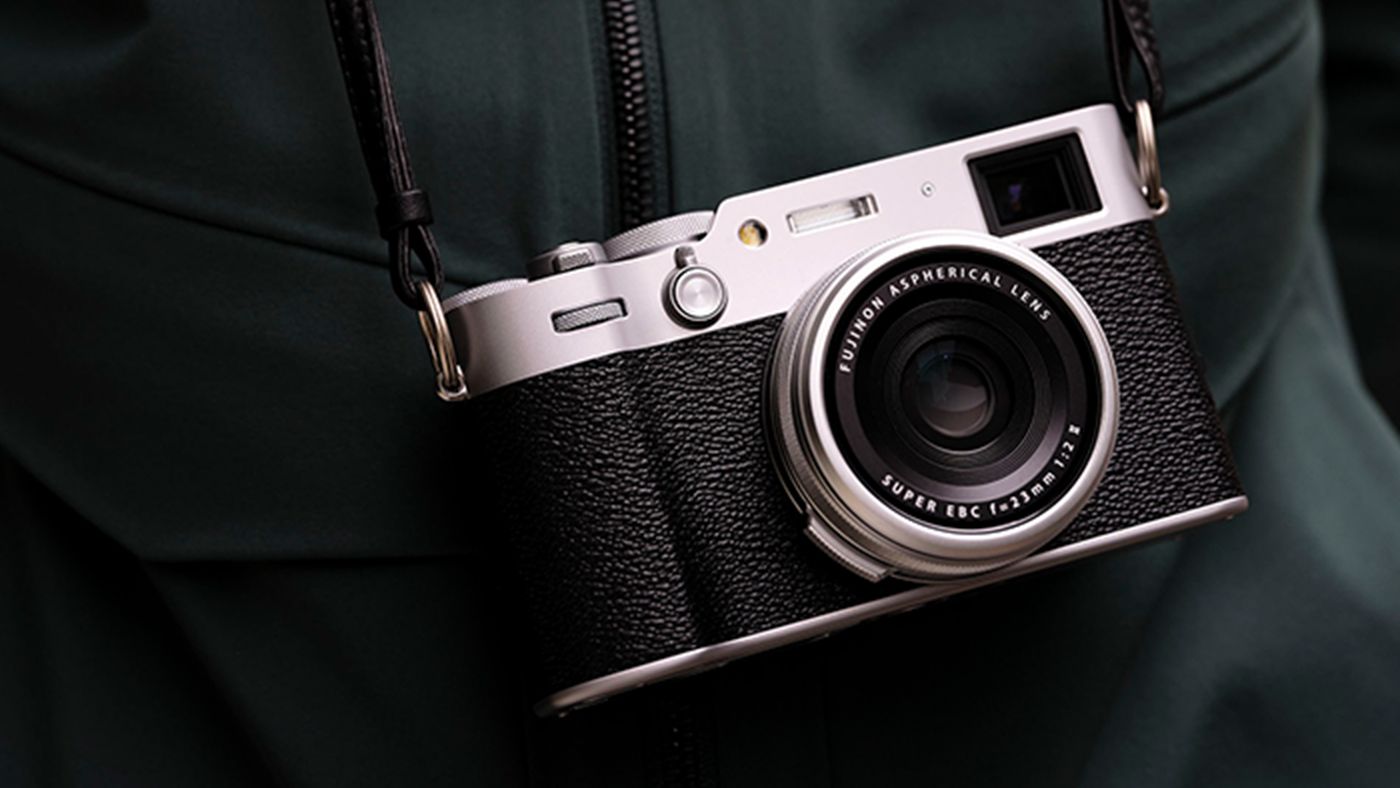-
Fujifilm X100VI
Editor’s Choice
The Fujifilm X100VI is a compact camera with a 40.2-megapixel APS-C sensor capable of producing colorful, detailed images. It features a film-inspired design with lots of dials for manual control, plus five-axis stabilization and a bright 23mm f2 lens. For video, the camera is capable of capturing 6K quality.
Pros- Large 40.2 megapixel sensor
- Excellent design with viewfinder
- Burst speeds up to 13 fps
Cons- Larger and heavier
- Pricey
- 3.9-inch macro
-
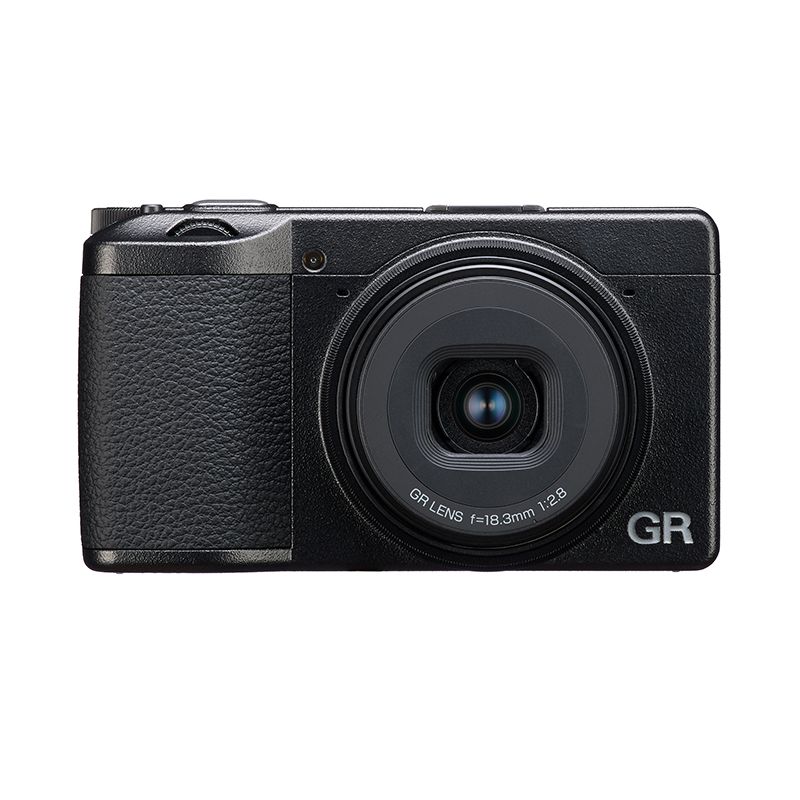
Ricoh GR III HDF
Most compact
The Ricoh GR III HDF is a pocketable camera that boasts a 20-megapixel APS-C sensor. The GR III is impressively small for what’s inside, making it an excellent travel option. Plus, it has a new built-in filter to create glowing highlights. However, it lacks a viewfinder and weather sealing, while the burst is a slow 4 fps.
Pros- Compact design
- Built-in highlight diffusion filter
- Great ultra-wide lens with macro
Cons- Slow 4 fps burst
- Battery life is just 200 shots
- Lacks weather-sealing
-
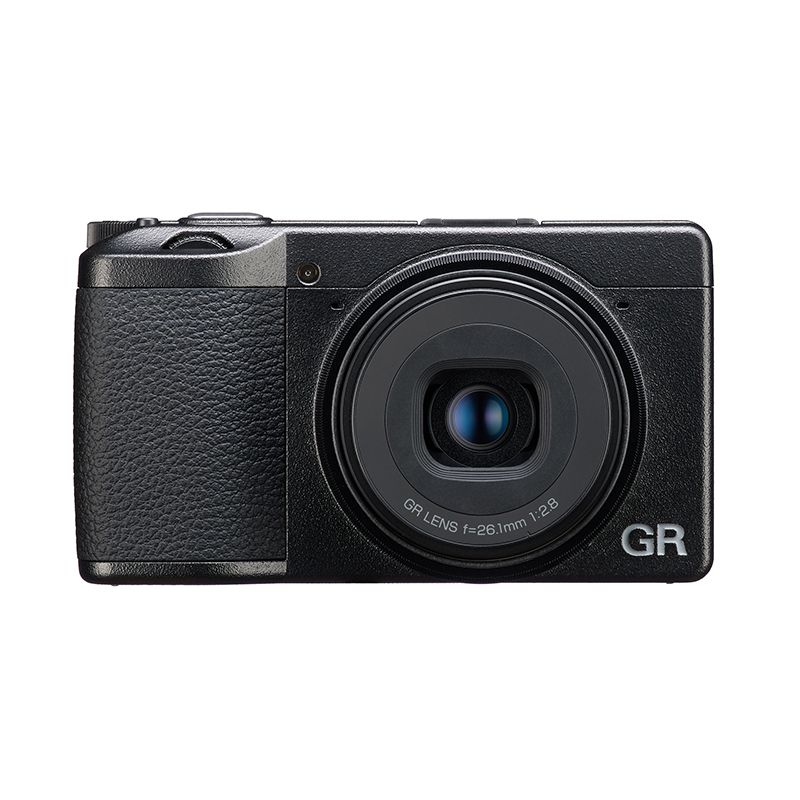
Ricoh GR IIIx HDF
Longest lens
Nearly identical to the GR III, the Ricoh GR IIIx HDF differs mainly in the inclusion of a 26.1mm f2.8 lens, which has a closer 40mm full frame equivalent view. Otherwise, it shares a similar design and sensor of the GR III HDF. That also means it lacks weather-sealing, and that it includes a slow 4fps burst mode and a battery rated at just 200 shots.
Pros- Lightweight
- Closer 40mm equivalent lens
- Easy to use
Cons- Slow 4 fps burst
- Battery life is only 200 shots
- Lacks weather-sealing
The biggest indicator of image quality is sensor size, yet few manufacturers have been able to cram a large APS-C sensor into a pocketable camera. Few, that is, outside the Fujifilm X100 VI and Ricoh GR III. As cameras housing the sensor are typically reserved for mirrorless, these APS-C options could easily be considered the king of the compact. But, which is better, the Fujifilm X100VI, the Ricoh GR III HDF or the Ricoh GR IIIx HDF?
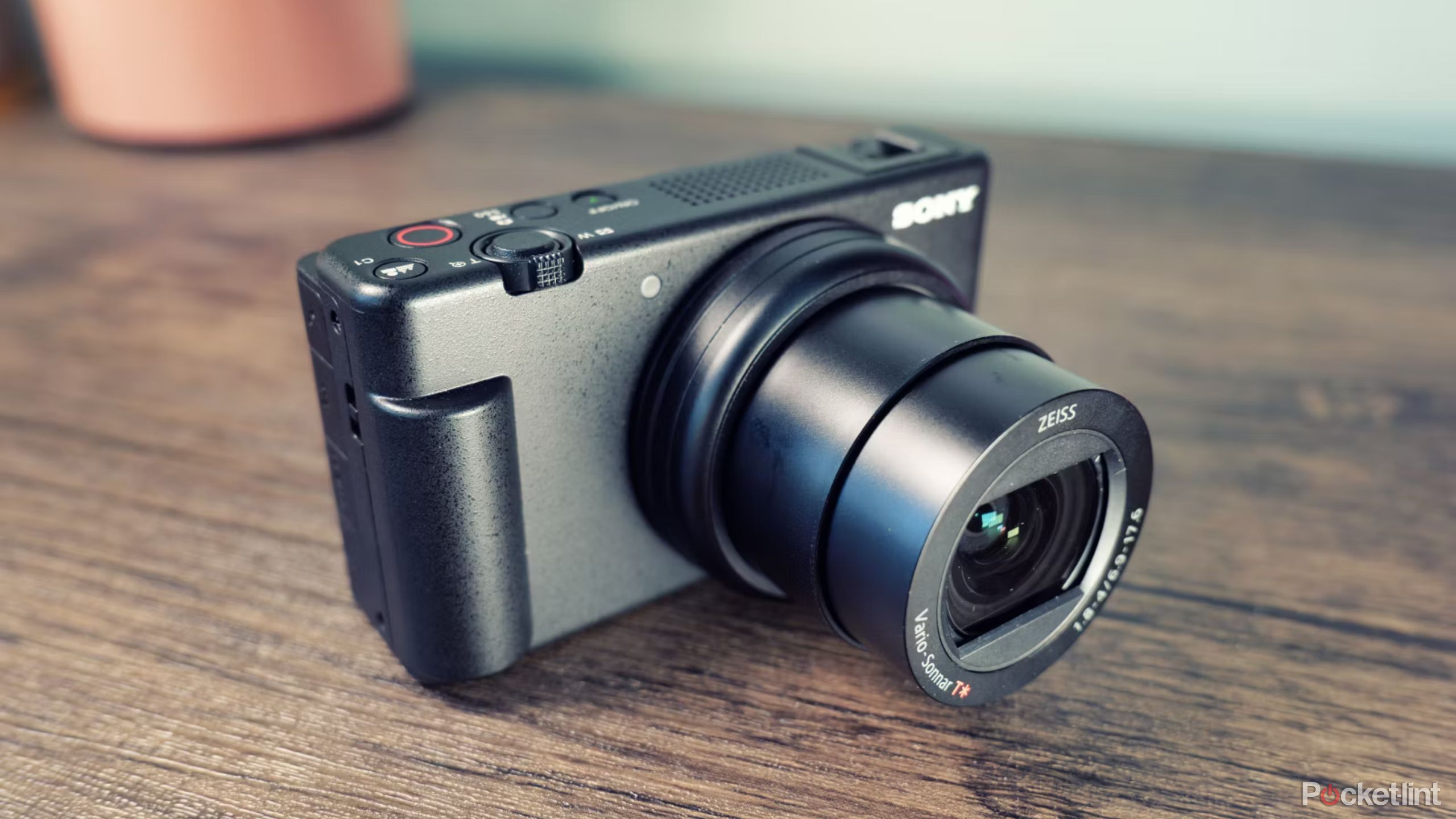
Best compact cameras: Pint-sized cameras for video, photos, and vlogging
Whether you need a travel camera with a long zoom range, a video performer or a stealthy street photography snapper, we’ve got you covered.
The Fujifilm X100VI is the newest in a longstanding line of large-sensored compacts, packing the same sensors as on the Fujifilm X-H2 and X-T5. But, one of the changes over the X100V is a higher price point. The hype around the new announcement also makes the camera hard to come by.
The GR III HDF and GR IIIx HDF are the newest updates for Ricoh’s advanced compact series. The cameras house the same sensor and lenses as the compacts without the HDF in the name, which means the sensor and processor are now a few years old, putting Ricoh at a disadvantage for speed and resolution. However, the GR III series makes up for it in size and price.
So which is the king of compacts? We compared the specs of the Fujifilm X100VI vs Ricoh GR III HDF vs Ricoh GR IIIx HDF to find out.
Specs, price and availability
The larger sensors put all three compact cameras above the four-figure price point. The Ricoh GR III HDF sits at $1,066 with the GR IIIx HDF at $1,146. Both Ricoh models are available for pre-order currently and should ship before the end of April 2024.
For Fujifilm, one of the changes from its predecessor is a price increase. The Fujifilm X100VI sits at $1,599. With the hype surrounding the February 2024 announcement, the compact could be difficult to find as it will initially be released in limited quantities.
-
Fujifilm X100VI
- Brand
- Fujifilm
- Sensor Size
- APS-C
- Video Resolution
- 6,240 x 3,510
- Photo Resolution
- 40.2 Megapixel (7,728 x 5,152)
- Battery
- 310 shots
- Connection
- Bluetooth and Wi-Fi
- Size
- 5 x 2.9 x 2.2″
- Weight
- 1.1 lb / 521 g (With Battery, Recording Media)
- Water Resistance
- Weather-sealed
- Lens
- 23mm f2
- Burst speed
- 13 fps electronic, 11 fps mechanical
- Autofocus
- Hybrid Contrast and Phase Detection with subject recognition
-
Ricoh GR III HDF
- Brand
- Ricoh
- Sensor Size
- APS-C
- Video Resolution
- 1,920 x 1,080
- Photo Resolution
- 24.24 Megapixel (6,000 x 4,000)
- Battery
- 200 shots
- Connection
- Bluetooth and Wi-Fi
- Size
- 4.3 x 2.4 x 1.3″
- Weight
- 9.7oz With Battery, Recording Media
- Water Resistance
- None
- Lens
- 18.3mm f2.8
- Burst speed
- 4 fps
- Autofocus
- Hybrid phase and contrast detection
-
Ricoh GR IIIx HDF
- Brand
- Ricoh
- Sensor Size
- APS-C
- Video Resolution
- 1,920 x 1,080
- Photo Resolution
- 24.24 megapixel (6,000 x 4,000)
- Battery
- 200 shots
- Connection
- Bluetooth and Wi-Fi
- Size
- 4.3 x 2.4 x 1.4″
- Weight
- 9.2oz With Battery, Recording Media
- Water Resistance
- None
- Lens
- 26.1mm f2.8
- Burst speed
- 4 fps
- Autofocus
- Hybrid phase contrast detection
 Design, buttons, and style
Design, buttons, and style
The Ricoh GR III HDF series is truly compact
While both the Fujifilm X100 VI and the Ricoh GR III HDF and GR IIIx HDF are considered compact cameras, there are significant size and design differences between them. The Ricoh GR III and GR IIIx are both smaller than Fujifilm’s APS-C camera. Ricoh’s compacts are nearly an inch narrower, while the height and width are both around half an inch smaller. Both Ricoh cameras are also lighter than the X100VI. That puts the GR III series at a considerable advantage for pocket-ability.
But where Ricohs have the advantage of additional portability, Fujifilm’s larger body style allows for more controls and extras. The X100VI has a rangefinder-style viewfinder, whereas the GR III HDR models don’t come with a viewfinder at all. The X100VI’s LCD screen tilts where the GR III’s is fixed. Only the Fujifilm has a built-in flash, though both have hot shoe slots for external lighting.
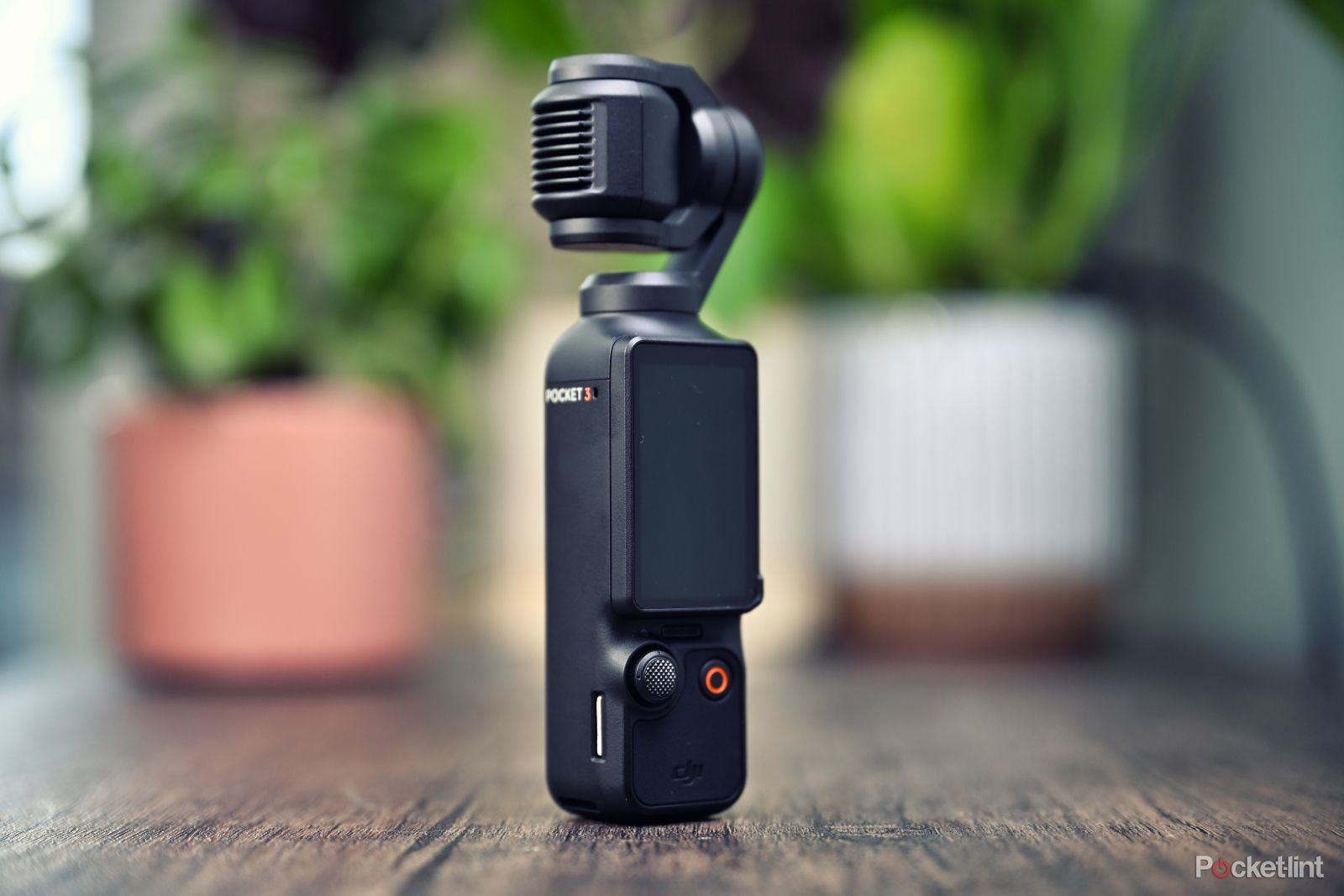
Best travel cameras: Lightweight options to capture memories on your journey
From the pocket-sized GoPro to the best mirrorless Canon models, and even a tiny but mighty drone, these are the best cameras for travel shots.
The look and feel of the two compact series also vary quite a bit from each other. The Ricoh GR III HDF is a black, compact, minimalist camera. The Fujifilm, meanwhile, has the look of a classic film camera, complete with a full array of manual dials. Where the GR III feels like a point-and-shoot in the hands, the X100IV feels like a mirrorless camera with a pancake lens.
None of the three cameras offer dual card slots or stellar battery life. However, at that latter point, the Fujifilm wins out with a 310 shot rating compared to 200 shots.
Finally, the X100VI is weather-sealed, where the GR III series is not. That said, you need to purchase an additional filter to protect the X100VI’s built-in lens from the elements.
Fujifilm
Speed and performance
The Fujifilm X100VI has nearly three times the burst speed
Both the Fujifilm X100VI and Ricoh GR III series are designed more for street photography than any sort of high-speed sports shooting. Still, comparing the three cameras unearths some noticeable differences in speed and performance.
The Fujifilm X100VI can shoot at up to 13 frames per second with the electronic shutter, or 11 fps with the mechanical shutter. Neither GR III series comes close, with both Ricoh compacts shooting at about 4 fps.
Additionally, both Fujifilm and Ricoh’s advanced compacts use a hybrid autofocus system that mixes the perks of both phase and contrast detection systems. However, Fujifilm added subject detection autofocus to the X100VI which helps give it a performance edge.
Where the GR III HDF wins out is in focusing up close, with a macro mode as close as 2.36 inches from the front of the lens. The X100VI can focus as close as 3.9 inches from the front of the lens. The GR IIIx HDF needs almost five inches with a 4.72-inch minimum focus distance for its longer built-in lens.
Fujifilm
Photo and video quality
The Fujifilm X100VI has higher resolution for both photos and videos
The Fujifilm X100VI has the same APS-C sensor and processor as the X-H2, which gives it an excellent 40.2-megapixel resolution. Fujifilm is known for its color science and the compact camera is no exception, including a new Reala Ace film simulation.
While the HDF variation is technically new, the internal hardware of the GR III HDF and GR IIIx HDF is the same as the GR III, and it’s starting to show its age with an older 24.24 megapixel sensor. Ricoh is probably one of the companies that gets closest to Fujifilm’s different color simulations though, including a really lovely black-and-white mode.
The biggest difference between the GR III and GR IIIx is the lens, in fact.
Lenses vary between all three models as well. The biggest difference between the GR III and GR IIIx is the lens, in fact. The GR III has an 18.3mm f2.8 lens (28mm full frame equivalent) while the GR IIIx gets in a little closer at 26.1mm f2.8 (40mm full frame equivalent). The Fujifilm X100VI sits between them both with a 23mm (35mm in full frame equivalent), though with a slightly brighter f2 aperture.
The HDF in the name of the Ricoh cameras stands for Highlight Diffusion Filter. This special effect is a built-in filter that softens the highlights, producing blur around the brightest areas of the image. The feature can be turned on and off. While the X100VI doesn’t have any such filter, photographers can create a similar effect by purchasing a mist filter.
Another key difference? The Fujifilm has a five-axis stabilization system while the Ricoh series corrects for only three axes.
Video is another area where there’s little question about which is technically superior. The X100VI can shoot at up to 6X, whereas both variations of the GIII HDF shoot at 1080p. Fujifilm’s longest recording time is also nearly twice as long, at 45 minutes in 4K to Ricoh’s 25.
Fujifilm X100VI vs Ricoh GR III HDR vs GR IIIx HDR: Which compact camera is best for you?
The Fujifiilm X100VI and the Ricoh GR III series are one of very few compact cameras that still pack in a large APS-C sensor. Despite that similarity, there are several very clear differences between the cameras.
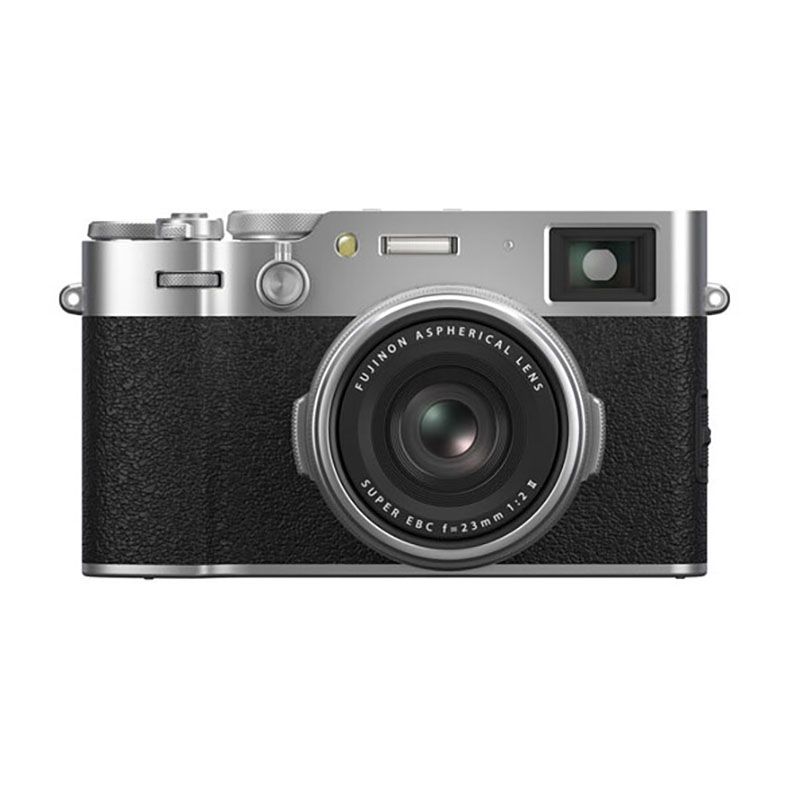
Fujifilm X100VI
Editor’s Choice
The Fujifilm X100VI offers the most resolution, the brightest lens, better stabilization and a much faster burst speed. Plus, Fujifilm’s compact still has a viewfinder and a tilting LCD screen along with film-like dials and weather-sealing.

Ricoh GR III HDF
Best for travel
However, the Ricoh GR III HDF series cameras are both more affordable and more compact. When budget and size matter most, Ricoh’s advanced compacts still have a lot to offer. Once you’ve decided between Fujifilm or Ricoh, choosing between the two GR III options is an even simpler choice. If you want wide-angle landscapes and dramatic close-ups, get the Ricoh GR III HDF. If you want a closer lens for street photography, grab the GR IIIx HDF.

Ricoh GR IIIx HDF
A travel street photograph cam
Trending Products

Cooler Master MasterBox Q300L Micro-ATX Tower with Magnetic Design Dust Filter, Transparent Acrylic Side Panel…

ASUS TUF Gaming GT301 ZAKU II Edition ATX mid-Tower Compact case with Tempered Glass Side Panel, Honeycomb Front Panel…

ASUS TUF Gaming GT501 Mid-Tower Computer Case for up to EATX Motherboards with USB 3.0 Front Panel Cases GT501/GRY/WITH…

be quiet! Pure Base 500DX Black, Mid Tower ATX case, ARGB, 3 pre-installed Pure Wings 2, BGW37, tempered glass window

ASUS ROG Strix Helios GX601 White Edition RGB Mid-Tower Computer Case for ATX/EATX Motherboards with tempered glass…


